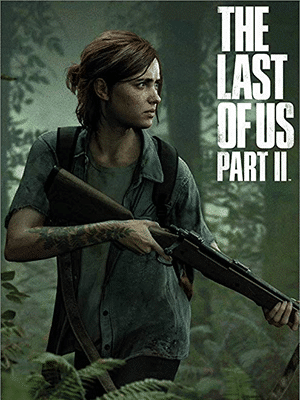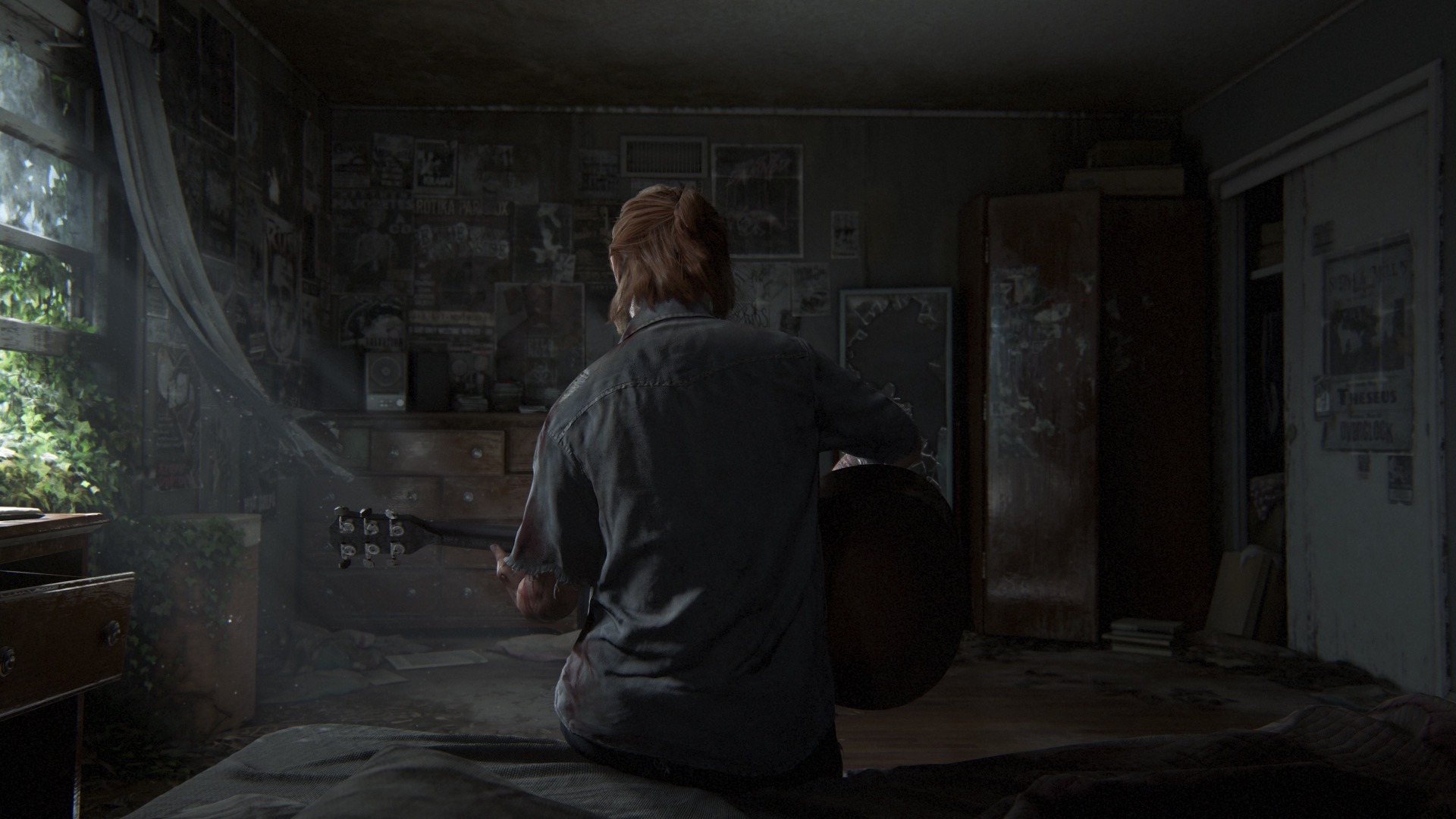


How do you stay decent and humane in a society where those traits are in increasingly low supply? Most of all, this is refined, complex storytelling that centers on cycles of violence, the blinding nature of vengeance, and the impact a brutal world would have on humanity. It is a brutal game, one that confronts extreme violence and horror in a way that cuts to the bone while keeping the player on edge for its entire runtime. Over 20-30 hours-the low end for experienced gamers more likely to flee encounters and much higher for those looking to find every collectible and stealthily kill every enemy-“The Last of Us Part II” delivers one of the most engaging, terrifying, and breakthrough game experiences of all time. That question clearly hung in the air as the developers at Naughty Dog set to work on “The Last of Us Part II,” a game that doesn’t just replicate what worked seven years ago but expands on it in ways that are both terrifying and remarkable. How do you top this one? Why mess with perfection? And then “The Last of Us” ended with such a perfect grace note that even fans of the game questioned whether or not it should have a sequel. I was hooked into this world, and eventually introduced to a grizzled fighter named Joel and a teenage girl named Ellie.

I’ll never forget the first time I played even just the intro to that game-an emotional, terrifying experience that sets the stage. Like the “Uncharted” games, “The Last of Us” cribbed heavily from a cinematic playbook, incorporating visions of the end of the world that we have seen before in major motion pictures but telling its own story in a way that enraptured viewers in every way. Taking the treasure-hunting formula of Naughty Dog’s “Uncharted” series, “The Last of Us” redefined post-apocalyptic gaming, delivering an experience that worked with emotion as much as action. In 2013, Sony and a developer named Naughty Dog released “The Last of Us,” a game that would become one of the most beloved of its generation.


 0 kommentar(er)
0 kommentar(er)
